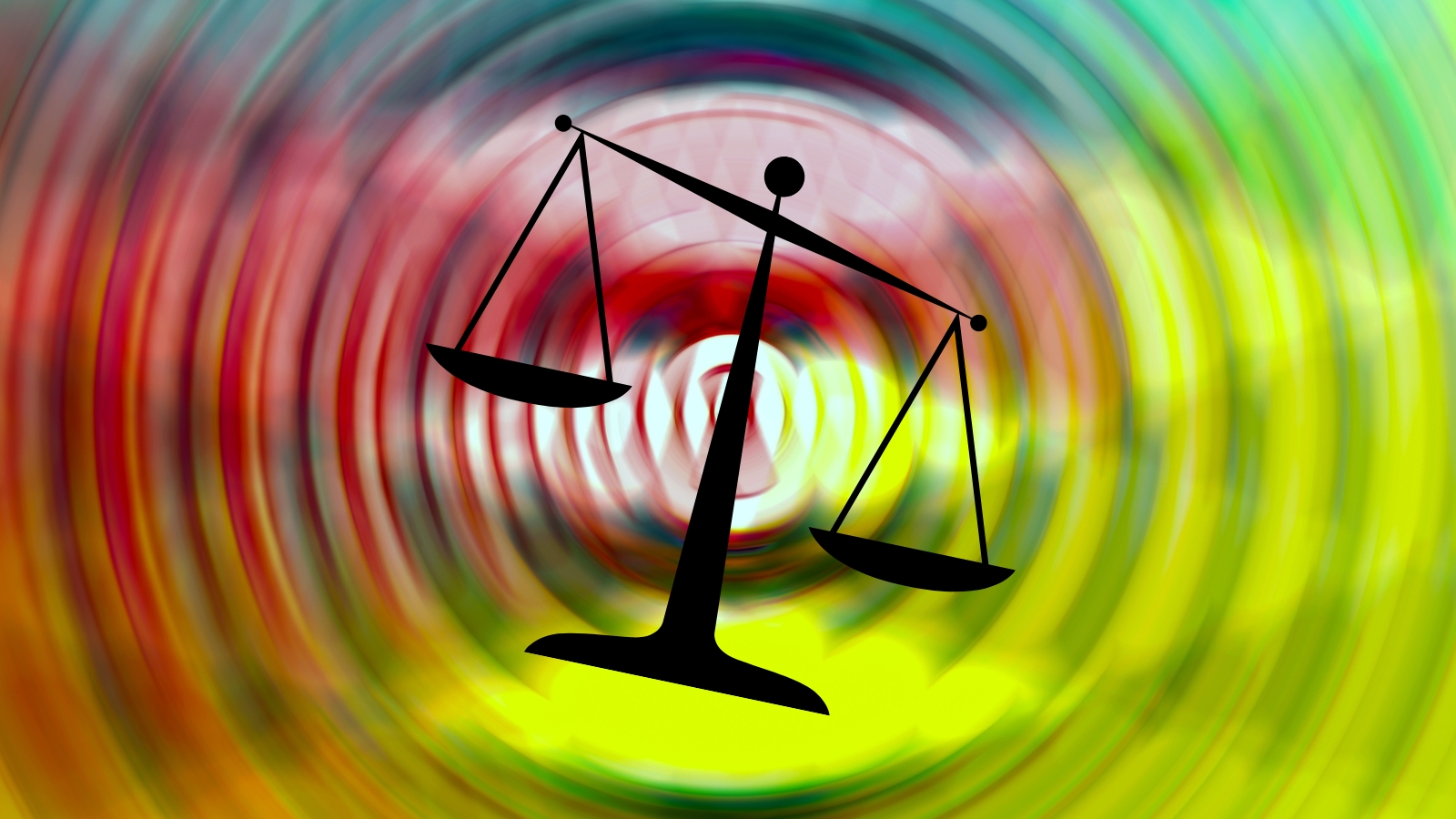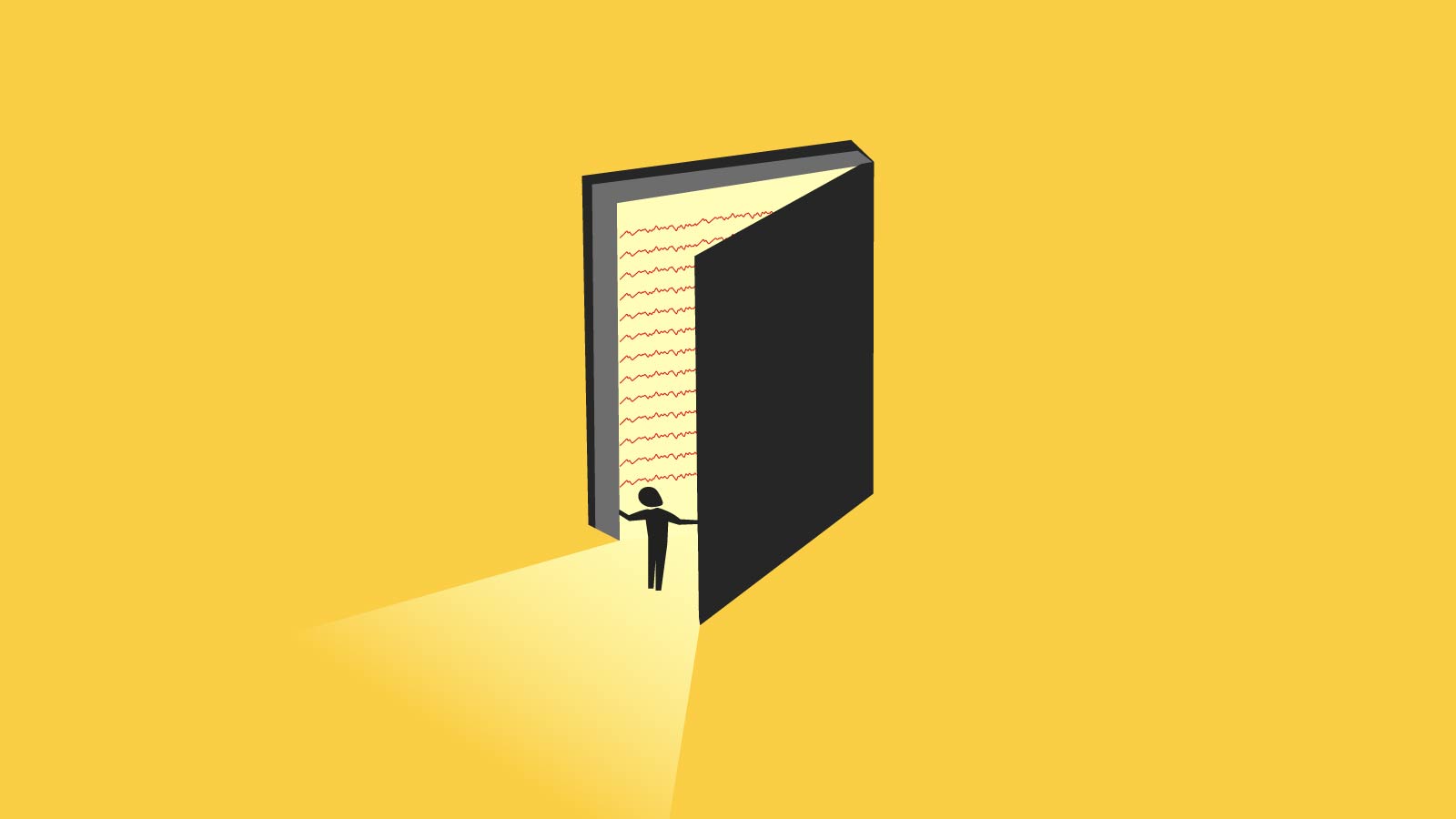Ever had the experience that you were one with all reality? Ever feel like everyone in the world may be just one consciousness looking out from myriad sets of eyeballs? Ever feel like everything is connected or you’re in a state of inter-being with all of nature? Keep these ideas and experiences of unity in mind as you read this essay.
Celebrating 70 Years: The Doors of Perception
This year, 2024, marks the 70th anniversary of Aldous Huxley’s landmark book The Doors of Perception. I say ‘landmark’ because it was the book that started it all—and by ‘all,’ I mean the first wave of enthusiasm for psychedelics as tools for self-actualization, consciousness expansion, and spiritual growth. Prior to 1954, psychedelics were called hallucinogens and thought to generate experiences that were psychotomimetic or “mimicking psychosis,” but that changed dramatically with Huxley.
Huxley’s Contact with Humphry Osmond
One year earlier, in 1953, Huxley had been contacted by Humphry Osmond, a British psychiatrist working in Canada, who had become interested in the seemingly mystical experiences reported by some of his patients. Huxley had written an analysis of mystical experiences in 1945, so Osmond hoped he might be able to lend insight. Huxley thought the patient reports sounded interesting, but perhaps he could be more certain if he tried the mescaline himself.
Up until that time, mystical experience had been a topic of intellectual curiosity for Huxley, but on May 4th, 1953, that changed when he swallowed four-tenths of a gram of mescaline. What happened then ranks with “Bicycle Day” for prominence on psychonaut calendars.

Huxley’s Theory of the Perennial Philosophy
Huxley argued in his book The Perennial Philosophy (1945) that if we look at the world’s mystical traditions, one of the mystical experiences that stands out as a thread running across all of the traditions is what he termed the “unitive knowledge.” This is an experience—or set of related experiences—where a person feels like they have become one with the universe or that everything is a part of just one thing that somehow includes them.
Huxley theorized that human consciousness might actually transcend the brain based on the writings of the mystics and the theories of Henri Bergson, Fredric Myers, and William James. Our brains may function not as generators of consciousness but rather as receivers of universal consciousness—a consciousness that may not only transcend the brain but permeate all reality. Huxley called it “Mind at Large.”
Huxley’s Mescaline Experience
On that May morning in 1953, while sitting with his wife, Maria, and Osmond, Huxley was delighted and surprised to find himself dropping into a deep sense of cosmic unity. “This is how one ought to see how things really are,” he repeated several times that day.
Delighted by this deep sense of noetic awakening to his oneness with the universe, Huxley also repeated again and again that he was experiencing that “All is actually each.” In short, he believed he was tuned into the truth of Jalal al-Din Rumi’s adage that, “You are not a drop in the ocean. You are the entire ocean in a drop.”
Days later, after reconstituting into his everyday mind, Huxley and Osmond began revisioning the import of the substances. The first thing to get rid of was the term hallucinogen, given that it didn’t remotely relate to what Huxley had experienced.
He, and most of Osmond’s patients, didn’t have hallucinations, nor were there convincing studies that most people did. Furthermore, Huxley believed he had entered into a state of super-sanity—not insanity—on mescaline, so the idea that the substances trigger psychosis just didn’t fit.
Together, he and Osmond agreed on a new term, psychedelic or “mind-opening,” to cover the fact that the substances can open the mind in a range of directions, including some that might be highly beneficial. The substances may sometimes trigger psychosis, but for Huxley, they were also mystico mimetic—that is, “mimicking mystical experience”—and he saw value in that.
The Impact of The Doors of Perception
Huxley’s fresh interpretation of the psychedelic experience, published in The Doors of Perception, set off a tsunami of interest among psychologists, philosophers, and scholars of religious studies—including the best-known scholar of world religions at that time, Huston Smith.
Together, they began studying and writing about psychedelics, and very quickly, their views spilled out of academia into the youth culture of the mid-1960s. By 1967, Doors, along with Alan Watts’ The Joyous Cosmology and Timothy Leary’s The Psychedelic Experience (both of which were based on Huxley’s interpretation), was on every hippie coffee table in America. And when The Beatles, The Doors (who named their band after Huxley’s book), and the Grateful Dead began broadcasting the message that psychedelics give glimpses of our oneness with reality, “Woodstock Nation” kicked into high gear.

The Criminalization of Psychedelics
What happened next need not be covered here, given that the story has been told so often, but the end result was that in 1970, psychedelics were made illegal even for scientific research purposes. From the perspective of Huxley’s perennial philosophy, it seemed like so damned much love, bliss, and psychological freedom had been brought online by hundreds of thousands of young people trying psychedelics that it rocked the mainstream culture of America to its core.
We can imagine Richard Nixon saying to Pat, his wife, just before bed, “Pat, what are we going to do with all of these young people loving each other? We’ve got to stop this! What would happen if everybody decided that ‘all you need is love’? This is terrifying. We’ve got to do something!”
So he did, and the party ended with no chance for healthy and meaningful integration ever taking place. Psychedelics went underground—but even so, the Huxley interpretation of unitive mystical experiences as significant and valuable (Huxley called them the “highest common factor” of the mystical traditions) continued to have traction.
Stanislav Grof, Ram Dass, Frances Vaughan, Huston Smith, Jean Houston, and a whole cadre of psychologists—labeling themselves “transpersonalists” to capture the idea that consciousness transcends the brain—embraced and added details to Huxley’s viewpoint.

The Psychedelic Renaissance
Starting with Roland Griffiths’ study with psilocybin at Johns Hopkins in 2005, a new wave of interest has come up, and now the “psychedelic renaissance” is coming into its own. Griffiths, with the help of William Richards and others, replicated the famous “Good Friday Experiment,” lending scientific support to the view that psychedelics can reliably occasion experiences indistinguishable from mystical experiences that occur naturally.
In addition, subsequent studies by Griffiths, Richards, Anthony Bossis, and others have revealed that subjects whose experiences exhibit higher elements of the mystical experience inventory receive increased therapeutic benefits, including a lasting sense of well-being. What comes through in general for most test subjects, as Griffiths later shared in an interview with Oprah Winfrey, is that everything is “interconnected”; such insight is “precious” or even “sacred,” and the experience of this registers as true even after one comes down.
Integrating Psychedelic Insights
And what if this is true? What if we truly are all aspects of one thing, as many people’s experiences suggest? What if the core of our being is one with the core of all beings? What if, at the root of our consciousness, we find ourselves breaking through into universal consciousness? How would that experience change your sense of identity and life’s purpose? In general, how might it be interpreted and integrated?
These are exciting questions to consider, and Huxley offered theories about them seventy years ago. Furthermore, since that time, numerous others have continued to offer theories. Philosophers like Rupert Spira, Peter Russell, Deepak Chopra, and Ken Wilber have been making suggestions.
Therapists and spiritual leaders, including Richard Rohr, Rachel Harris, Rami Shapiro, Mirabai Starr, and Andrew Harvey, have been building bridges from the unitive experience to social justice and wellness—all with the hope of growing an expanded consciousness as a foundation for growing a new and more integrally awakened culture and worldview.

Let’s Get It Right
Right now, we hear lots of talk about what certain shamans and workshop leaders are doing wrong with psychedelics, but it’s important to remember that lots of thought leaders and therapists are also doing things right.
We have, at this exact moment, a chance to do what didn’t happen during the first wave of enthusiasm for the substances. We can gently and effectively integrate the insights that come via psychedelics, slowly and carefully growing new cultural structures. I think that theories of the perennial philosophy still have an important voice in the conversation, helping psychonauts gain a vocabulary for making sense of their experiences, while also offering suggestions about how to translate their experiences into meaningful actions.
Let’s do it right this time. Consciousness can be expanded. Now, we need to see if it can be brought more effectively into our culture. Huxley opened a door in 1953; I’m hoping we will continue to walk through it.











